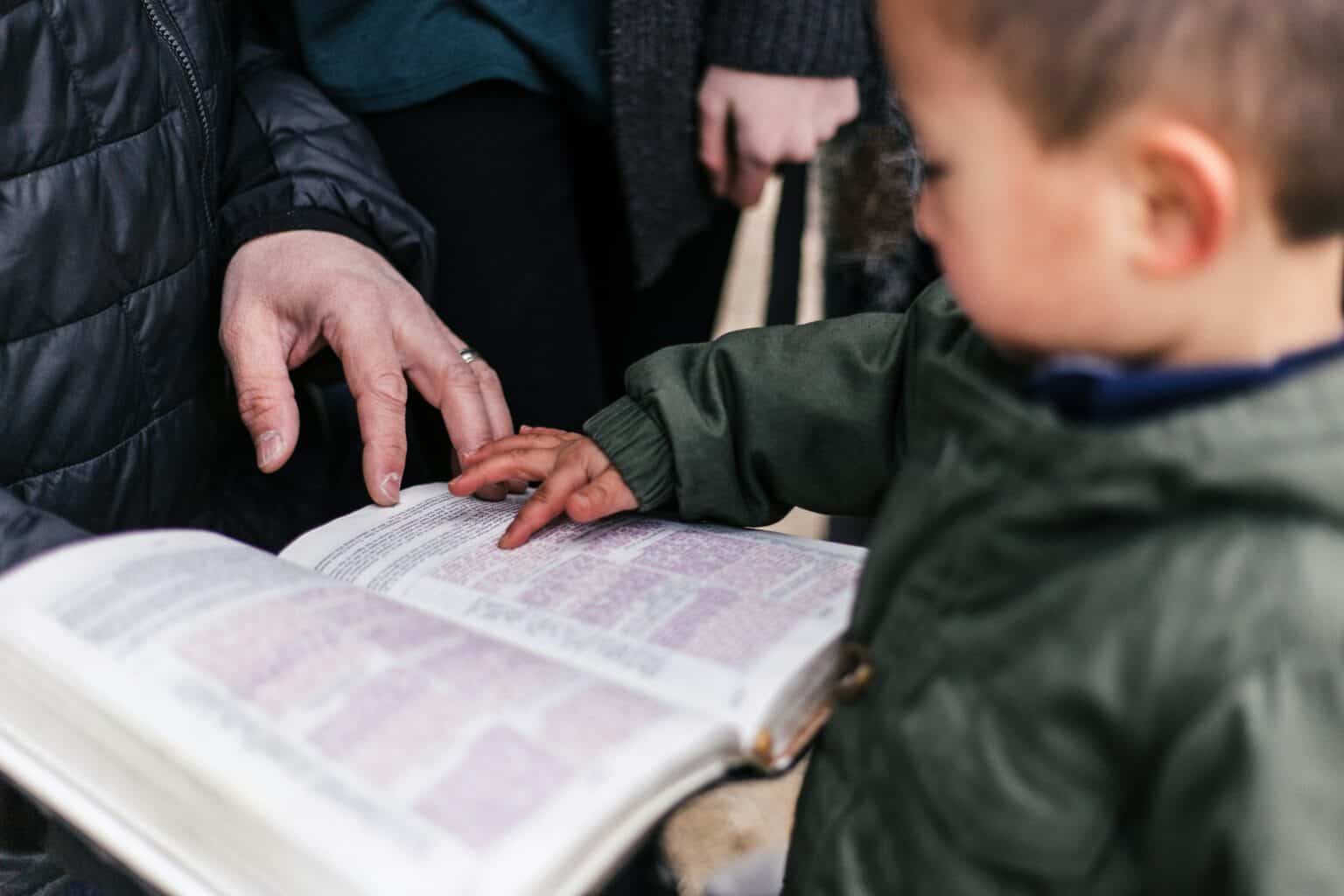I recently served a church that clearly understood the need to grow younger. Their median age was mid-50s to 60s. During our time together, the pastor said, “Our children’s ministry feels like a ghost town on Sunday morning.”
It was evident everyone in the room wanted to be engaging young families, but there is a difference between want and reach. One is a desire; the other is a result.
I asked the team some important questions, “Where’s the evidence that proves your church values young families? What does the kid’s experience look like on Sunday? How are you engaging with young parents?”
Very quickly, one of the team members said, “Our worn out, un-mowed playground certainly would not qualify as evidence.” And he was exactly right. When young families pull on the property and see an unkept play area, it tells a story that kids aren’t a high value. If you want to win young families, you have to win the kids, and there needs to be visible evidence you value them.
Kid’s Ministry: It doesn’t take long for parents to make a decision whether or not kids ministry is of high value to a church. Here are some good questions and best practices to get the conversation started:
- The First Impression
- The kids’ area should be themed, updated and fun upon arrival. There needs to be a wow factor on the front end. Kids should see the entrance and want to run into it.
- The goal is to capture both the parent and the child. Everything from fun colors, cool themes, clean floors, tidy bathrooms and aromas can make the experience appealing to parents and children.
- Aesthetically investing in the kids’ area can pay dividends in return (because it creates visible evidence). You only have one chance to make a first impression.
- Radical Hospitality
- Too often, greeters and hospitality teams are solely focused on the adult worship service. While that is important, the kids’ area is also a great place to create hospitality strategies specifically designed to impact parents and kids.
- Create hospitality teams and put them in the right places and spaces to greet new families and their children when they arrive in the kids’ area.
- Ensure they have a good script that’s intentionally made for new families. The number one reason people come back to church for a second time is the friendliness of the church. This means you need warm, extroverted people (with seatbelts), serving on these teams. Ideally, you want these teams to look like the people you’re trying to reach.
- Most churches have a first-time guest strategy for new adults, that includes a gift and some sort of follow-up. Do something similar for first-time guest kids. Make the kid feel like a VIP. Send a postcard or a gift card to the local ice cream shop. This helps parents know your church values children.
- A Safe Place
- The children’s area should be the top priority and the safest place in the entire church. If the church were a bank, kids’ ministry needs to be the vault.
- Parents need the assurance that children are in good hands each weekend. Because of this, it is critical that safety measures around kids ministry are highly visible, including on your website. Families will Google you before they visit you.
- Every kids’ area should have a child check-in station that not only captures children’s information but also serves as a barrier to keep unauthorized people out. Young families need to feel security when they check in their children.
- It is a best practice to keep the kids’ area on the same floor and vicinity as the adult worship area. In other words, keep the kids close and the babies closer.
- Parents need to know how they will be communicated with in the event their child needs them during service. It’s never a matter of if, but when.
All of these practices can be a deal breaker for whether or not young families return for another visit.
High Attendance Sundays: There are different Sundays throughout the year where churches can expect a higher than normal attendance. How a church builds and markets these particular Sundays/series can impact reaching younger families. Some of those high attendance Sundays are Easter, Mother’s Day, and the Sunday before Christmas.
- Create a sermon series around these questions: What are young parents dealing with? What are some of the challenges they’re facing? Title the series in a compelling way that not only speaks to young families in your church, but would compel them to invite their friends.
- Market Mother’s Day in a way that is appealing to young mothers and their children. Create an invite strategy for your current members to bring their mom friends who are outside of faith. Market what the kids will be doing that day for moms.
- In addition to planning Easter and Christmas as big days, make the entire Easter and Christmas month an invite month (when the calendar makes sense) that leads up to “the big day.” Build and market a series that is appealing to young families. Use the prior weeks as an invite challenge for your members.
- Whenever there’s a kid focus on big days (like Easter and Christmas), overemphasize and over-communicate why every kid would want to be there (make it worth their time). Young families are always looking for fun, safe experiences for their children (more details on this in the next section). In essence, you want to market those special days to feel like a kid event or experience, in addition to a worship service.
Strategic Kid Events and Experiences: Kid events and experiences can be a main driver to bring young families to your campus. While there is a danger in having too many (I recommend no more than 3-4 per year), having none or having the wrong ones can result in missed opportunities.
- There are four typical BIG kid-driven event opportunities each year; 1) Easter 2) School’s out/Summer 3) Fall/Halloween and 4) Christmas.
- Although Christmas Sunday and Easter Sunday really aren’t events, they are certainly experiences that can be geared toward the parents and the children. For example, pics with Santa, Christmas cookies, egg hunts, pics with the bunny, etc etc, if communicated right, can be a draw for young families, regardless of their spiritual background.
Here are some examples of what our church did in 2023 and 2024. These events and experiences were targeted toward reaching young families.
- In October 2023, we marketed a Candy Maze for Halloween. We had over 1,500 people (who were not our own people) attend and hundreds registered for giveaways (which provided data for follow-up and invite strategies).
- In December 2023, we marketed The Story Before Christmas. We communicated the entire month was Christmas month, with each Sunday having its own fun Christmas element. The kids had a special Christmas experience each week as well, all leading into Christmas Sunday (the Sunday before Christmas). We had record attendance (again) with many new young families attending.
- In March 2024, we marketed a Candy Hunt that took place directly after all three services on Easter. As a result, we had record attendance (tons of young families). Kids had to register for the candy hunt, so we were able to obtain their parents’ contact info for follow-up and future invites.
- In June 2024, we marketed a Summer Kick Off that took place directly after our third service. Again, record kid attendance and tons of new names of young families in our database for follow-up and future invites.
As a result of prayerful planning and intentionally focusing on young families, since January 1, 2024 our attendance has grown 47% and we have baptized 80 people who said yes to Jesus for the first time. The vast majority of those baptisms were young adults and children.








Leave a Reply